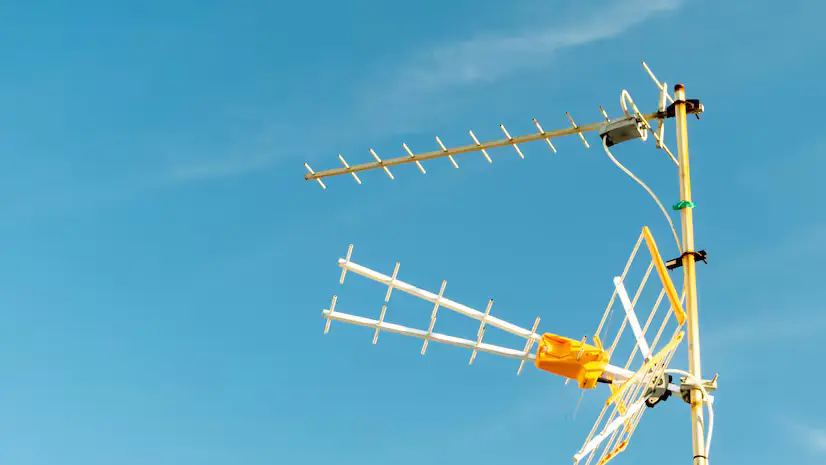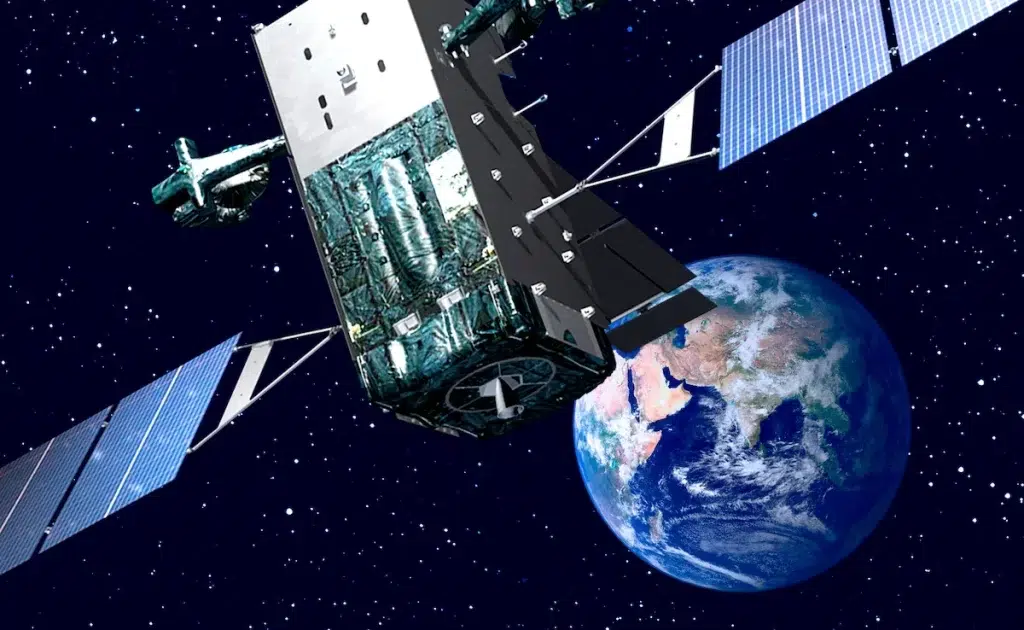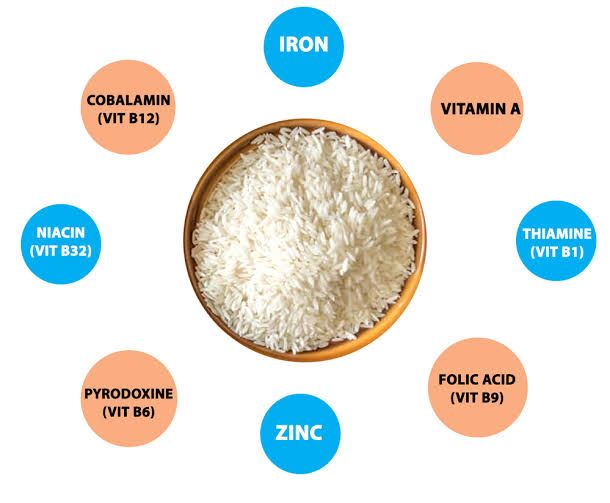What is Iron Dome?
- It is a short-range, ground-to-air, air defence system that includes a radar and Tamir interceptor missiles that track and neutralise any rockets or missiles aimed at Israeli targets. It is used for countering rockets, artillery & mortars (C-RAM) as well as aircraft, helicopters and unmanned aerial vehicles.
- It is an all-weather system and can engage multiple targets simultaneously and can be deployed over land and sea.
- Iron Dome is jointly manufactured by Rafael Advanced Systems and has been in service with Israeli Air Force since 2011.
- The radar system was developed by Elta.
- The genesis of the Iron Dome goes back to the 2006 Israeli-Lebanon war, when the Hezbollah fired thousands of rockets into Israel. The following year, Israel announced that its state-run Rafael Advance Systems would come up with a new air defence system to protect its cities and people. It was developed with Israel Aerospace Industries.
How does it work?
- An Iron Dome battery consists of a battle management control unit, a detection and tracking radar and a firing unit of three vertical launchers, with 20 interceptor missiles each.
- The interceptor missile uses a proximity fuse to detonate the target warhead in the air. The Iron Dome is deployed in a layered defence along with David’s Sling and Arrow missile defence system which are designed for medium- and long-range threats.
- One of the system’s important advantages is its ability to identify the anticipated point of impact of the threatening rocket, to calculate whether it will fall in a built-up area or not, and to decide on this basis whether or not to engage it. This prevents unnecessary interception of rockets that will fall in open areas and thus not cause damage, the paper states.
- The system has intercepted thousands of rockets so far and, according to Rafael Advanced Systems, its success rate is over 90%. The I-DOME is the mobile variant with all components on a single truck and C-DOME is the naval version for deployment on ships.
What are the limitations of the system?
- The system has a ‘saturation point’. It is capable of engaging a certain (unpublished) number of targets at the same time, and no more. Additional rockets fired in a crowded salvo could succeed in breaching defences and cause damage.
- Several assessments suggest that Hamas is developing mitigating strategies including lowering the trajectories of the projectiles while also continuing to accumulate thousands of rockets with improved precision.
- one of the possible limitations is the system’s inability to cope with very short range threats as estimates put the Iron Dome’s minimum interception range at 5-7 kilometres. Among the threats mentioned were mortars, whose range usually does not exceed several kilometres.
Also refer :









